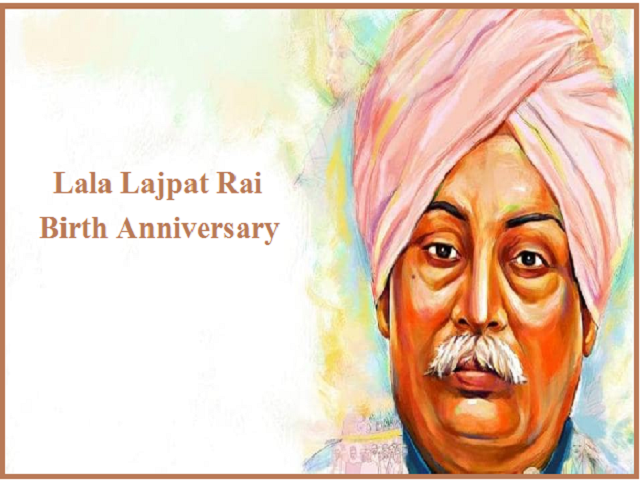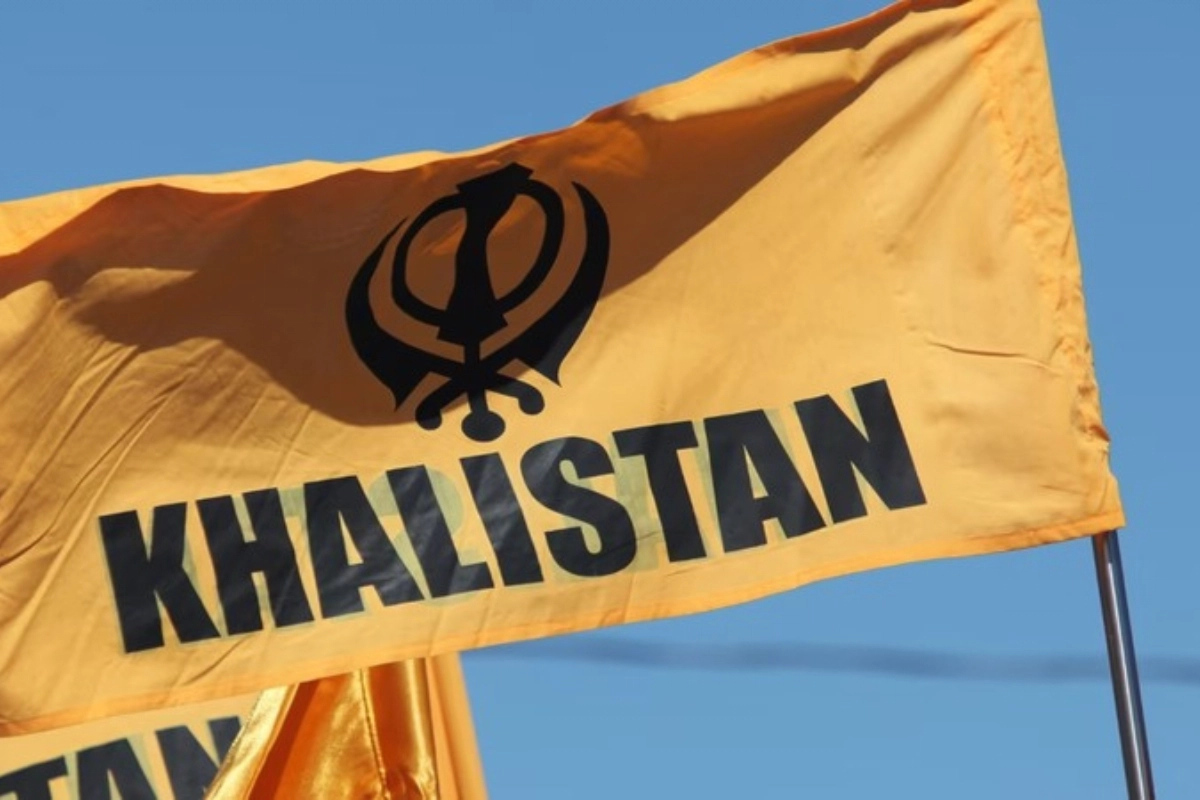Lala Lajpat Rai had a special place in the freedom movement of India. The way he served the country, the contributions made by him to the country along with his life are still visible in the country after him. His contribution to nation building is seen in many ways. He was associated with Arya Samaj for social and religious reform.
Despite doing non-violent politics, all the revolutionaries get a lot of affection from him. Even today, he is like a source of inspiration for the countrymen and especially for the youth.
Lajpat Rai was born on 28 January 1865 in the Agarwal Jain family of Dhudike village in Moga district of Punjab. His father Munshi Radha Krishna Agarwal was a teacher of Urdu and Persian languages in a government school. His primary education took place in Rawari. He joined the Government College of Lahore where he started law practice in Hisar after studying law.
Political popularity across the country
At the time of the establishment of Congress in 1885, he became its main member. He became the founder member of Hisar Bar Council. In the same year, he also established the Hisar district branch of the Indian National Congress. In 1892, he went to Lahore to practice law in the Lahore High Court. But due to political activism, he became popular across the country as part of the famous trio of Lal Bal Pal. After 1914, he gave up legal practice completely and devoted himself completely to the national freedom movement.
A social reformer
Looking at his works, it would not be wrong to say that his contribution was not limited to the freedom struggle of the country but was more in nation building. While studying law, he came in contact with Arya Samaj and continued to do social service by joining Dayanand Saraswati, the founder of Arya Samaj. He established Aryasamaj in Punjab and its surrounding areas and spread its propaganda.
Religious reformation
In 1921, he established a non-profit welfare organization named Servants of the People’s Society, which came to Delhi after independence, which today has many branches in the country. He stressed the need to fight for the caste system, untouchability and the status of women in Hindu society.
Revolutionaries also help
Not only did he help the revolutionaries, but by staying in the Congress, he strongly opposed the British in Gandhian ways. He raised the hope of patriotism among many youths of Punjab. Despite being non-violent himself, he used to meet revolutionaries lovingly and also used to help them. For Sardar Bhagat Singh, he was a personality of great respect and inspiration since childhood. Chandrashekhar Azad and other revolutionaries were also getting his affection.
Contribution to education
Lala ji never pushed children and youth directly into the freedom movement or asked them to come, but always gave first priority to their studies. He assisted Mahatma Hansraj in establishing the Dayanand Anglo Vedic School in Lahore in 1886 and also promoted what are today recognized as DAV schools across the country.
Also Read: Uttar Pradesh: 5 arrested in Lucknow for lowering electricity metre reading
Keep watching our YouTube Channel ‘DNP INDIA’. Also, please subscribe and follow us on FACEBOOK, INSTAGRAM, and TWITTER.







